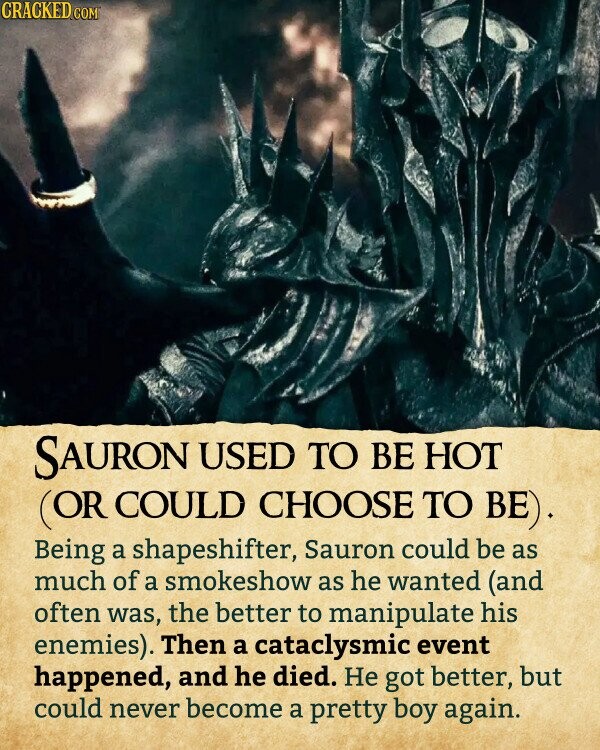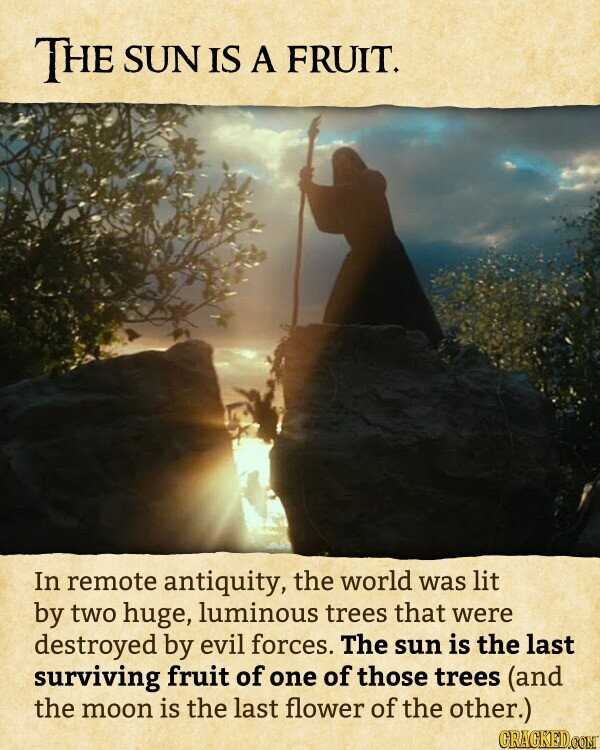15 Details About Middle-Earth That Show How Deep Tolkien's Lore Goes

Although the stories that make up Tolkien's myths are not genuine, most of them are based on facts about the natural environment or are used to describe natural events. Tolkien wanted them to be a fictional legendarium for Europeans, and they are supposed to be read as fake classical antiquity of a section of Earth thousands of years well before the modern age.
The words "Tolkien Mythology" as well as "the legendarium" refer to J.R.R. Tolkien's series of interrelated, imaginative stories that make back into the history of his realm Arda and the entire enormous background of The Lord of the Rings.
Tolkien was sort of a maniac. He believed that for fiction to be truly compelling, willing suspension of disbelief was insufficient; the imaginary world had to be plausible in and of itself, which entailed cramming it with information. There could be entire websites devoted to everything Tolkien put into his Middle-earth, and there already are — these are just a small sample of the vast lore he built.
Hot Sauron

Source: Tolkien Gateway
Istari

Source: Tolkien Gateway
Dwarvish Names

Source: The One Wiki to Rule Them All/Dwarves, The One Wiki to Rule Them All/Khuzdul
Begetting Day

Source: Tolkien Gateway
Morgoth Bauglir

Source: The One Wiki to Rule Them All
Hobbits

Source: Tolkien Gateway
Túrin Turambar

Source: The One Wiki to Rule Them All
Huan, the Hound of Valinor

Source: The One Wiki to Rule Them All

Sources: The One Wiki to Rule Them All/Werewolves, The One Wiki to Rule Them All/Vampires
Huge Dragons

Source: The One Wiki to Rule Them All
The Last Fruit of Laurelin

Sources: The One Wiki to Rule Them All/Sun, The One Wiki to Rule Them All/Moon
Lord of the Rings

Source: The One Wiki to Rule Them All
A Balrog of Morgoth

Source: Tolkien Gateway
Mythical Middle-earth

Source: The One Wiki to Rule Them All
Nameless Things

Source: Tolkien Gateway